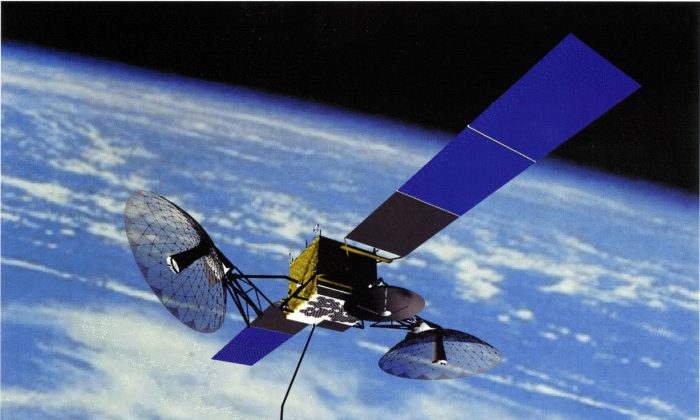
The U.S. Space Force is continuing to track debris from a Boeing satellite that reportedly exploded last week, affecting communications services across Europe, Africa, the Middle East, and the Asia-Pacific region.
After almost eight years in orbit, Boeing’s Intelsat 33E satellite broke up in orbit on Oct. 19, its operator and the U.S.
Space Force have confirmed. In an email to The Epoch Times on Thursday, a spokesperson for the U.S.
Space Forces—Space (S4S) division said it was monitoring 55 pieces of the Intelsat 33E satellite. “We are working closely with Boeing, the satellite manufacturer, to address the situation,” Intelsat said. “Based on the information available to us, we believe it is unlikely that the satellite will be recoverable.
” The Intelsat 33E satellite was manufactured by Boeing Space Systems. It launched in 2016 and went online in 2017. Boeing did not respond to The Epoch Times’ request for comment by publication.
Intelsat later provided an update on Oct. 21 in which it said “the anomaly previously disclosed” resulted in a “total loss.” “We are coordinating with the satellite manufacturer, Boeing, and government agencies to analyze data and observations,” Intelsat said.
“A Failure Review Board has been convened to complete a comprehensive analysis of the cause of the anomaly.” Intelsat added that it had launched third-party satellite fleets to restore power to those affected. “The awareness enables the detection, characterization, and tracking of potential threats, informing defensive measures and ensuring freedom of action in space,” S4S said.
Roscosmos said it was documenting over 80 fragments from the “destroyed Intelsat-33E satellite.” “Analysis of the trajectories of the fragments shows that the satellite’s destruction was instantaneous and high-energy,” Roscosmos said. “Based on the obtained dynamics of the distribution of Intelsat-33E fragments, it can be concluded that there is a potential threat to all operating spacecraft, including the Roscosmos group in the geostationary region of outer space.
”.













